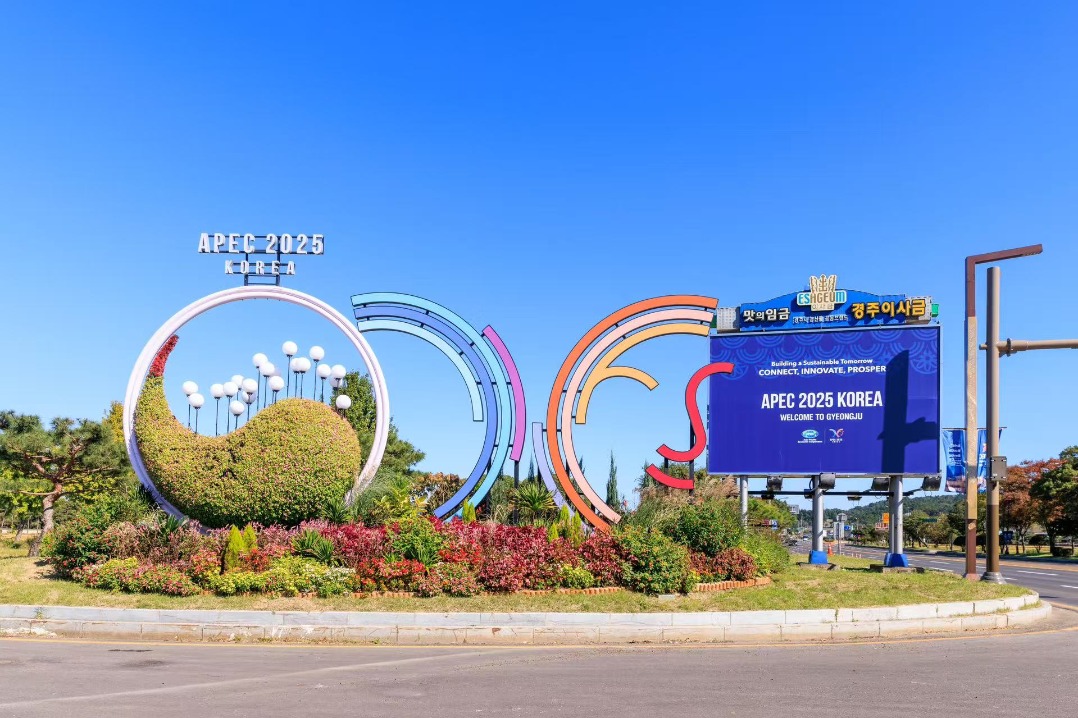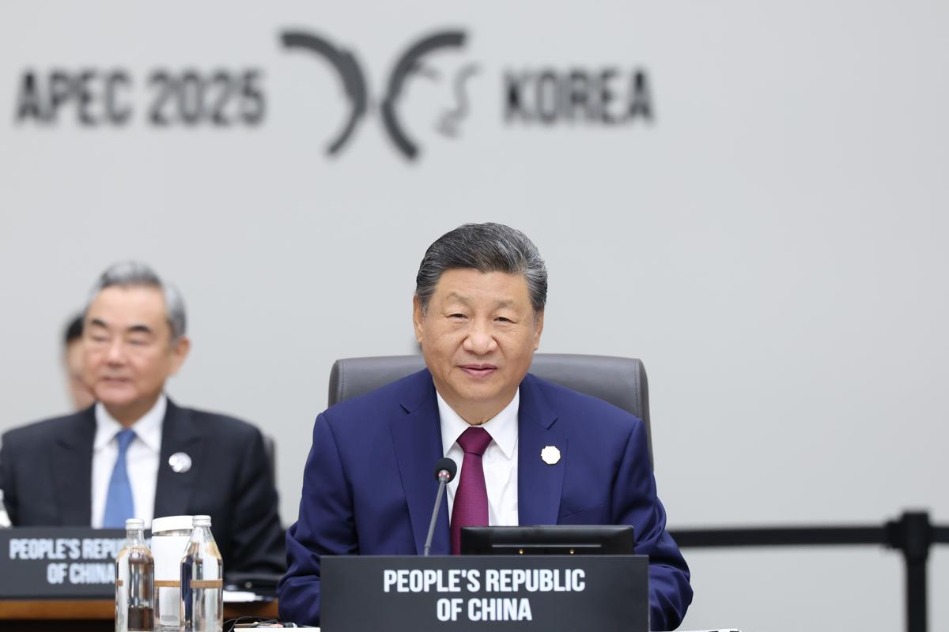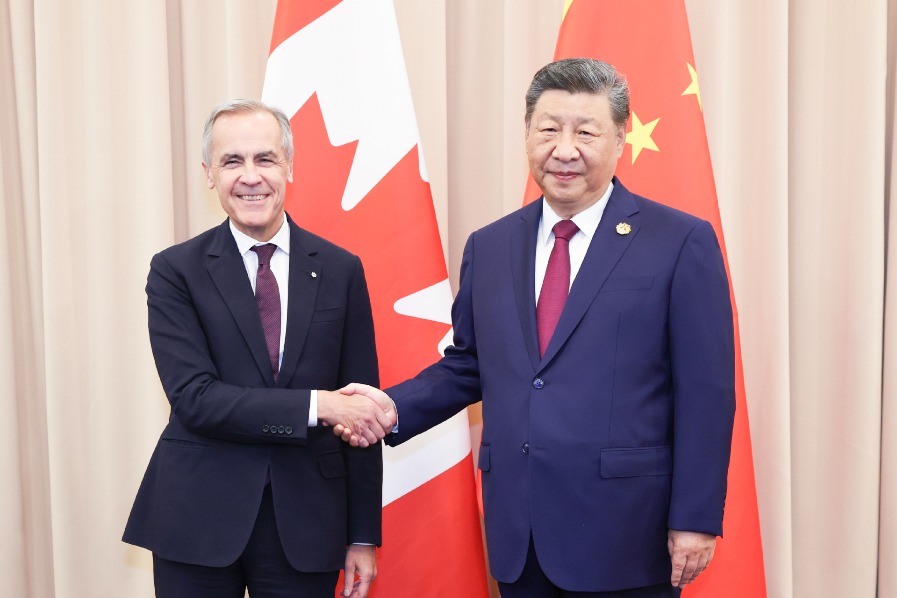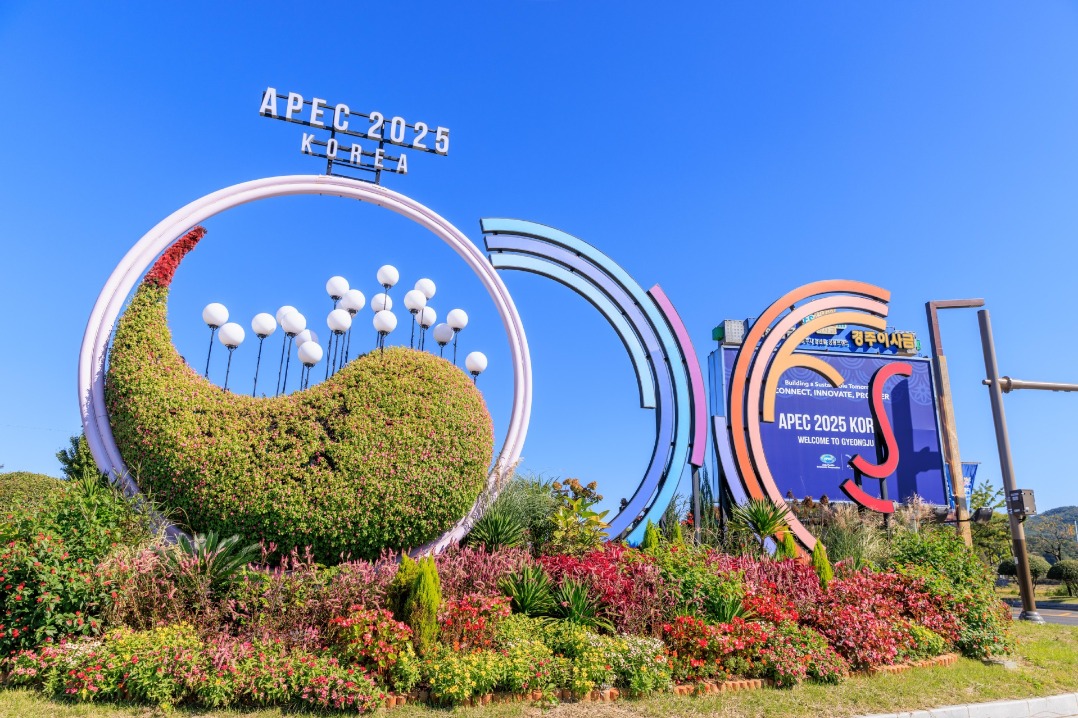The CODE of China's five-year plans


"The scientific formulation and consistent implementation of the five-year plans stand as an important Party experience in governing the country, and a vital political advantage of socialism with Chinese characteristics," emphasized President Xi Jinping. As the fourth plenary session of the 20th Central Committee of the CPC concludes, the five-year plans have once again drawn global attention. Since the launch of the first plan in 1953, this institutional framework has served as the metronome of China's modernization, witnessing the tremendous transformation of the Chinese nation — from standing up and growing prosperous to becoming strong.
The enduring vitality of this system can be distilled into "CODE" — CPC leadership, orientation toward people, development as the engine and execution with resolve. Together, these four points form the institutional code that has enabled China to turn long-term vision into sustained progress, balancing ambition with patience, and foresight with flexibility.
C | CPC leadership
The CPC's centralized and unified leadership serves as the cornerstone of China's five-year plans. From the 156 industrial projects of the First Five-Year Plan (1953-57) that laid the foundation of modern industry, to the Eighth Five-Year Plan (1991-95) that institutionalized the socialist market economy and unleashed market vitality, Party leadership has always been providing the steady hand that steers China's development.
In the new era, under the strong leadership of the CPC Central Committee with Comrade Xi Jinping at its core, China's development has entered a stage defined by quality rather than speed. The 13th Five-Year Plan (2016-20) secured a decisive victory in building a moderately prosperous society in all aspects, laying a firm foundation for high-quality growth; the 14th Five-Year Plan (2021-25) deepens this transformation through innovation-driven development and the formation of a new pattern of dual circulation. Now, the 15th Five-Year Plan (2026-30) is expected to chart the path for cultivating new quality productive forces and advancing Chinese modernization across all fronts.
As one Western politician remarked, "To plan a nation's development every five years, with continuity and foresight, is almost unimaginable in my country." Indeed, under CPC leadership, the five-year plans are not bound by election cycles but guided by a century-long vision of national rejuvenation.
O | Orientation toward people
Putting the people first has always been the moral compass of China's five-year plans. In the early years of the People's Republic of China, policies under the first plan — such as the unified grain procurement and rural cooperative health-care — secured basic livelihoods for hundreds of millions. During the reform and opening-up decades, successive plans expanded education, improved housing, and lifted living standards, guiding the nation from mere subsistence to moderate prosperity.
The 13th Five-Year Plan (2016-20) marked a turning point: the historic fight against poverty. Officials trekked across mountains and villages to design targeted assistance, helping nearly 100 million people escape absolute poverty — a feat unparalleled in human history.
This people-centered commitment deepened under the 14th Five-Year Plan (2021-25), where over one-third of its core indicators targeted public well-being, and 42 of its 102 major projects focused on education, health-care, elderly care and childcare. For the upcoming 15th Five-Year Plan (2026-30), more than 3.1 million public suggestions were collected online — a vivid illustration that China's plans are written by the people and for the people.
D | Development as the engine
"Development is the master key to solving all problems." Development has always been the theme of China's five-year plans — an enduring pursuit that unites ambition with action, and continuity with change. From the steel surge of the First Five-Year Plan (1953-57) to the innovation wave of the 14th, and from agricultural stabilization under the sixth to poverty eradication during the 13th, each plan builds upon the last, ensuring progress that is cumulative rather than episodic.
This continuity reflects China's distinctive balance between tradition and innovation. While revitalizing traditional sectors such as steel, textiles, and manufacturing through smart and green upgrades, China is simultaneously advancing frontier industries — artificial intelligence, quantum technology, and renewable energy — to forge new engines of growth.
As President Xi stressed during the drafting of the 15th Five-Year Plan (2026-30), "We must take a forward-looking view of how global changes will reshape China's development landscape." Such a balanced approach has become China's "algorithm" for modernization, turning uncertainty into stability and making development the most resonant theme in China's story.
E | Execution with resolve
China's five-year plans have always been all about action, not slogans. Each five-year plan is not merely drafted, but acted upon, refined through practice, and carried forward with determination.
Project-based management provides the backbone of execution, translating grand strategies into tangible results. From the 156 key projects of the First Five-Year Plan (1953-57), to the 165 under the 13th, and the 102 under the 14th, each goal is accompanied by concrete time-lines and accountability mechanisms.
Crucially, execution in China is dynamic and adaptive. Since the 10th Five-Year Plan (2001-05), a mid-term evaluation mechanism has ensured timely review and adjustment. When the 12th Five-Year Plan's mid-term assessment revealed gaps in energy efficiency, China swiftly tightened environmental standards, restructured the energy mix, and incorporated green performance into officials' evaluations — demonstrating a governance system capable of "working and correcting in motion".
Yet behind every success story are the millions of Chinese who bring these plans to daily life. It is their diligence and perseverance that transform blueprints into tangible progress: thriving cities, vital infrastructure and a better life for all.
The fourth plenary session adopted the Recommendations of the CPC Central Committee for Formulating the 15th Five-Year Plan for National Economic and Social Development, outlining China's vision for the next stage of modernization. Standing at a new historical juncture, the CODE of China's five-year plans will continue to unleash powerful vitality, propelling the great cause of national rejuvenation forward.
Meanwhile, China's five-year plans will keep injecting stability and confidence into a world of uncertainty — contributing Chinese wisdom and strength to building a more just and equitable system of global governance.
The author is an international affairs observer.
The views don't necessarily reflect those of China Daily.
If you have a specific expertise, or would like to share your thought about our stories, then send us your writings at opinion@chinadaily.com.cn, and comment@chinadaily.com.cn.


































